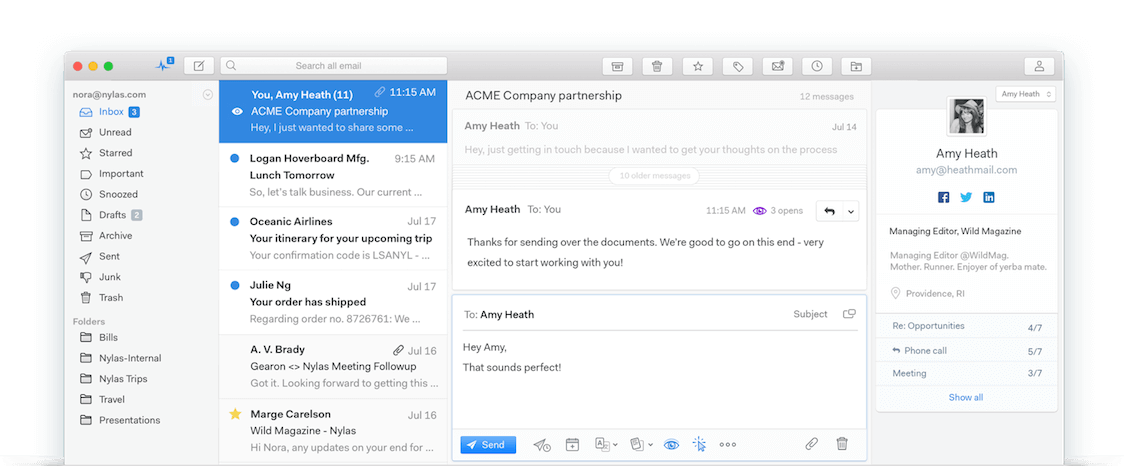

Maybe you needed to break the proposal down into three segments, and you want your reader to know why you did that. Perhaps you need to explain why you chose the format you used. There are circumstances, however, when you will need to send a lengthier e-mail to explain a lengthy report or proposal.

The above abbreviation can be useful when the recipients are expecting a report and/or already know information about its contents. Subject line: Proposed winter class schedule attached (PYR)
#Universal mailer alternative update#
Subject line: Website update proposal attached (PYR) In other words, you let your readers know up front that you are sending them something they want to see. It helps your message stand out from other e-mails. This abbreviation is a good one to use when you are sending a business proposal or work estimate that a colleague or client has requested. Subject line: Agenda attached for your approval (RB+2) (EOM) If you need a response later today, add (RB+0) If you need a response in an hour, add (RB+0.1). Need that report edited by tomorrow? You can add that timeline in the subject line with this abbreviation. An easy way to add a sense of urgency to your message is by adding a deadline. Main message: What do you think of this speaker line-up? Please let me know. Subject line: Speaker line-up attached (Y/N) By adding Y/N to your subject line, your report will have a better chance of getting a response. Perhaps you are seeking approval for minutes, or for a new marketing idea.

This abbreviation alerts respondents that you'd like a response. Subject line: Conference agenda attached (NRR) It relieves the recipient of the worry of that "should I" or shouldn't I" query.
#Universal mailer alternative code#
This code is a better version of FYI (For Your Information), as it explicitly states the reader does not need to respond. Main message: Attached are the minutes from our Friday board meeting. They can view the attachment later at their convenience.Ĭompare that with this alternative, which offers no new information, but does take more of their time: If your readers see "Board meeting minutes attached " as a subject line on a smartphone, they do not have to click into the message. Use this abbreviation when your subject line conveys a complete message. Let's take a look at the most common code words.ĮOM (End of Message). One way to achieve this is with subject line abbreviations. Since many of your colleagues and customers read e-mails on their mobile devices, it is courteous to convey your subject line message in 60 characters or less. Since many computer viruses are transmitted through attachments, it is essential that your subject line be clear. People are naturally suspicious of attachments. This message will determine whether your report is viewed and read. In any case, the most important element of the report is the notification e-mail. The method you choose depends on the accepted practice at your place of business, and on other factors, such as whether you would like your recipients to be able to edit the document and/or add comments. There are three basic ways to send the report or proposal: by sharing it with them through a separate account (such as Google Docs or Smartsheet), by publishing it to a read-only URL, or by sending it as an attachment to your e-mail. Most important is the main e-mail that alerts your colleague or customer to the report, itself. The answer lies in giving the information in easy-to-read, digestible chunks. Yet, how do you convey a great deal of information without boring your reader? But what do you do if you need to send out a lengthy report or proposal? These documents can form the lifeblood of your business. By now you realize the importance of your business e-mails being concise.


 0 kommentar(er)
0 kommentar(er)
